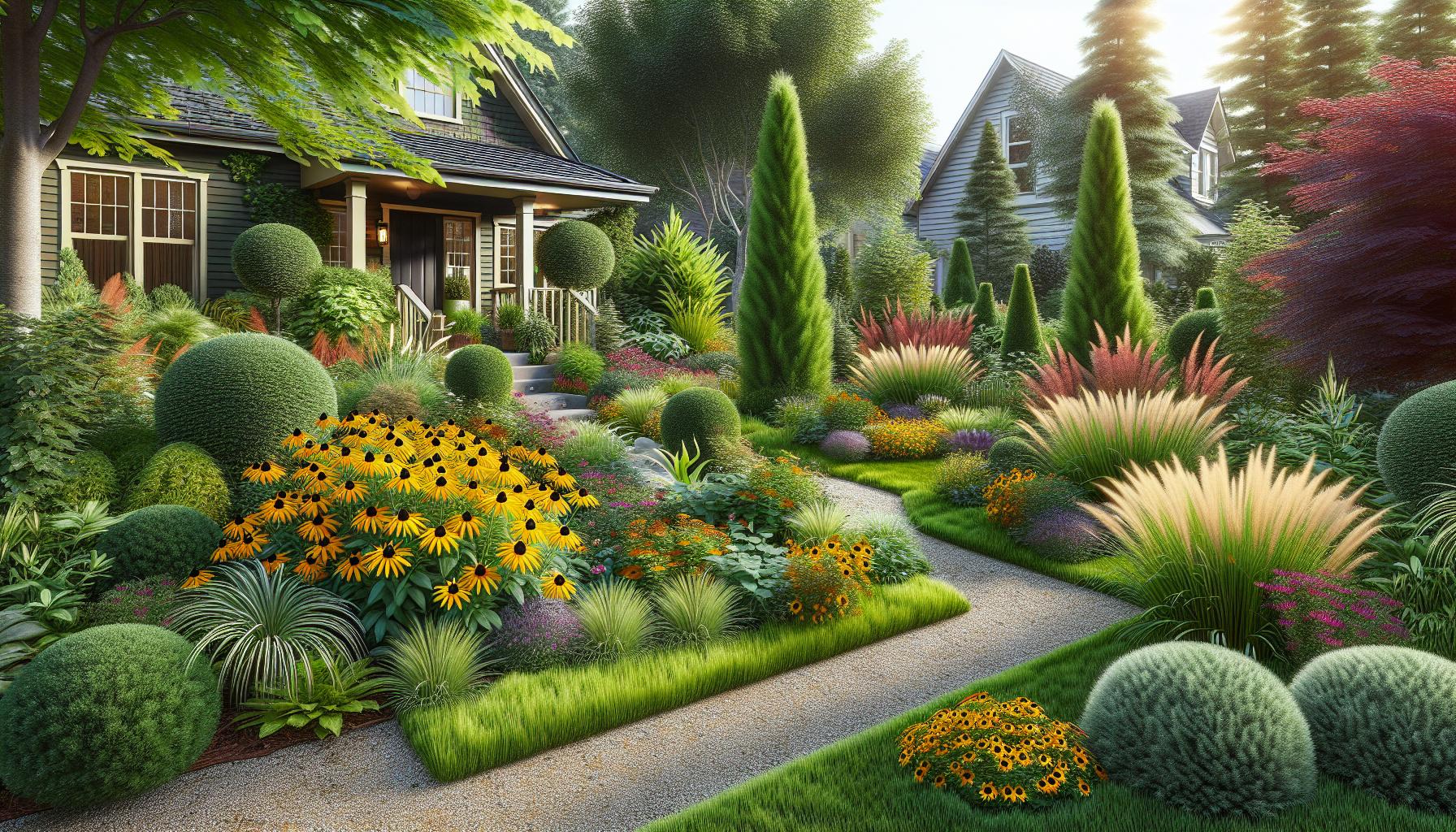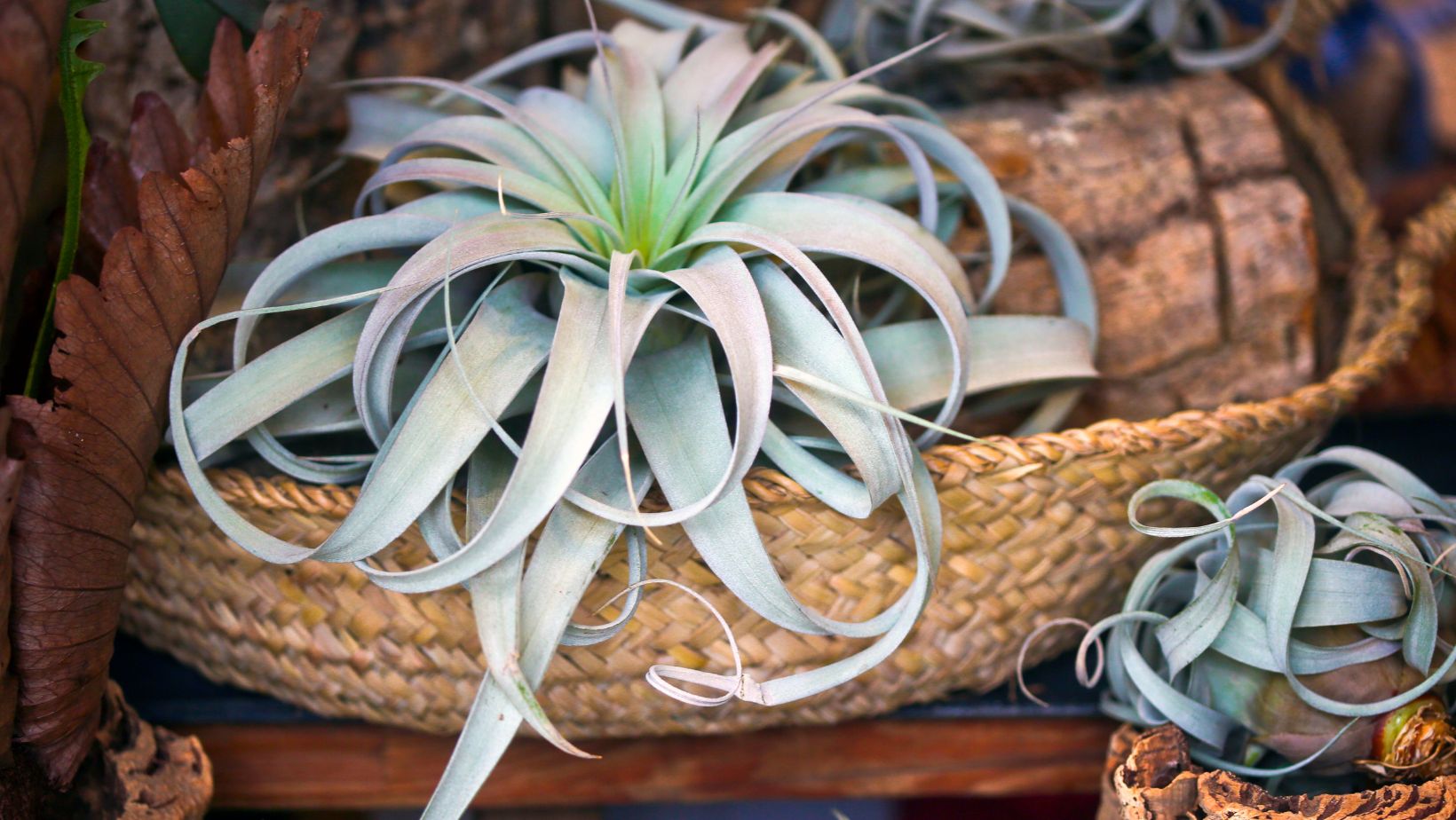Key Takeaways
-
- Distinct Approaches: Estate planning is a comprehensive strategy involving wills, powers of attorney, and healthcare directives, while a living trust specifically manages assets during the grantor’s life and facilitates their distribution after death.
-
- Probate Avoidance: Living trusts allow for asset distribution without the lengthy probate process, contrasting with traditional estate plans that often require probate for will validation.
-
- Control and Flexibility: A living trust provides seamless management of assets in case of incapacity, and it can be amended or revoked by the grantor, ensuring adaptability to changing needs.
-
- Cost Considerations: Initial costs for establishing a living trust may be higher than traditional estate planning; however, long-term savings from avoiding probate and minimizing estate taxes can justify the investment.
-
- Personal Needs Matter: Individuals with complex situations may benefit from traditional estate planning, while those prioritizing privacy and quicker asset transfers may prefer a living trust tailored to their circumstances.
Navigating the world of estate planning can be overwhelming, especially when deciding between traditional estate planning and a living trust. Each option offers distinct advantages and challenges, making it crucial for individuals to understand their unique needs and circumstances.
A living trust is often touted for its ability to streamline the transfer of assets while avoiding probate. On the other hand, traditional estate planning encompasses a broader spectrum, including wills, powers of attorney, and healthcare directives. As individuals consider their future and the legacy they wish to leave, grasping the differences between these two approaches becomes essential for effective decision-making.
Estate Planning vs Living Trust
Estate planning involves the process of managing an individual’s assets and affairs during their lifetime and after death. It ensures that a person’s wishes are honored in the distribution of assets and that their loved ones are provided for.
Definition of Estate Planning
Estate planning refers to the strategic approach to organizing and managing an individual’s assets, including property, finances, and healthcare decisions. It encompasses documents such as wills, trusts, powers of attorney, and healthcare directives. This planning aims to protect assets, minimize tax burdens, and ensure the smooth transfer of wealth according to the individual’s wishes.
Importance of Estate Planning
Estate planning holds significant importance for several reasons:
-
- Asset Distribution: Clear directives ensure assets are distributed according to personal wishes.
-
- Probate Avoidance: Proper planning can help bypass lengthy probate processes, saving time and expenses.
-
- Tax Efficiency: Strategic planning can minimize estate taxes, maximizing inheritances for beneficiaries.
-
- Child and Dependent Care: Designating guardians for minors or dependents provides security for their well-being.
-
- Healthcare Decisions: Establishing advance directives ensures healthcare choices reflect personal values and preferences in critical situations.
-
- Family Harmony: Clearly laid-out plans reduce misunderstandings and disputes among family members.
By understanding these elements, individuals can create robust estate plans that address their unique circumstances.
Understanding Living Trusts
Living trusts serve as flexible legal arrangements that manage an individual’s assets during their lifetime and facilitate distribution after death. Recognizing their features and benefits aids individuals in making informed estate planning decisions.
What Is a Living Trust?
A living trust is a legal entity established to hold an individual’s assets. The individual, often termed the grantor, transfers property into the trust, which is then managed by a trustee. The grantor typically retains control as both the trustee and beneficiary during their lifetime. Upon the grantor’s passing, the successor trustee takes over, distributing assets according to trust provisions without needing probate court involvement.
Benefits of Living Trusts
Living trusts offer several advantages that enhance estate planning efficiency. Key benefits include:
-
- Avoiding Probate: Living trusts bypass the probate process, allowing for quicker asset distribution to beneficiaries.
-
- Privacy Protection: They keep asset distribution private, unlike wills that become public records during probate.
-
- Flexibility: Living trusts can be amended or revoked while the grantor remains competent, ensuring adaptability to changing circumstances.
-
- Incapacity Management: Should the grantor become incapacitated, the successor trustee can manage assets without court intervention.
-
- Streamlined Management: Living trusts allow for centralized management of assets, simplifying the handling of diverse holdings.
These features contribute to the appeal of living trusts within the framework of comprehensive estate planning.
Estate Planning vs Living Trust
Understanding the distinctions between estate planning and living trusts is essential for effective management of assets and ensuring the desired legacy. Each option offers unique features and benefits tailored to specific needs.
Key Differences
-
- Purpose: Estate planning encompasses a broader strategy for managing and distributing an individual’s assets, while a living trust specifically manages assets during the grantor’s lifetime and facilitates distribution after death.
-
- Documents Involved: Traditional estate planning includes wills, powers of attorney, and healthcare proxies, ensuring comprehensive legal coverage. Living trusts mostly consist of trust documents that define asset management and distribution.
-
- Probate Process: Estate plans often require probate for will validation, potentially leading to lengthy court processes. Living trusts bypass probate, allowing for quicker asset transfers and enhanced privacy.
-
- Control During Incapacity: Estate planning documents such as durable powers of attorney address incapacity but may not provide continuous asset management. Living trusts offer seamless management and distribution of assets if the grantor becomes incapacitated.
-
- Flexibility: Estate plans can be adjusted as circumstances change, but living trusts can also be revoked or modified for ongoing flexibility.
When to Choose Estate Planning
Choosing traditional estate planning is beneficial for those with complex situations, such as blended families or significant assets that require detailed directives. Individuals needing specific provisions for children or dependents may prefer comprehensive estate plans that include wills and trusts tailored to their unique circumstances. Additionally, those concerned about tax implications or potential estate taxes can benefit from strategic planning within a traditional estate framework.
When to Choose a Living Trust
Opting for a living trust proves advantageous for individuals seeking privacy and efficiency in asset distribution. Those wanting to avoid probate and facilitate quicker transfers of assets to beneficiaries should consider this option. Living trusts also suit individuals with substantial assets that demand management and protection during their lifetime, especially if incapacity is a concern. Furthermore, streamlined management through a living trust appeals to those who desire less formal oversight in later years while ensuring their intentions are fulfilled.
Costs and Considerations
Costs associated with estate planning and living trusts vary significantly based on individual needs and complexity. Understanding these financial aspects aids in making informed decisions.
Costs of Estate Planning
Estate planning costs typically include legal fees, document preparation, and potential consultation charges. For traditional estate planning, expenses range from $500 to $2,500 or more, depending on the complexity and the attorney’s experience. Documents such as wills, powers of attorney, and healthcare proxies may contribute to total costs. Additionally, individuals facing unique situations, such as blended families or substantial assets, may incur higher fees due to the need for specialized documents and planning.
Costs of Establishing a Living Trust
Establishing a living trust generally entails higher initial costs than traditional estate planning. Legal fees for setting up a living trust range from $1,000 to $3,000, reflecting the need for comprehensive asset management guidance. Individuals may also face costs associated with transferring assets into the trust, which can include property title changes or updating financial accounts. While the upfront investment may be steeper, living trusts offer long-term savings by avoiding probate, reducing estate taxes, and expediting asset distribution, making the initial expense justifiable in many cases.
Estate Planning vs Living Trust
Choosing between estate planning and a living trust is a significant decision that can impact an individual’s financial future and legacy. Each option offers distinct advantages tailored to different needs and circumstances. Understanding these differences empowers individuals to create effective strategies for asset management and distribution.
Whether opting for a traditional estate plan or a living trust, the key is to align the chosen method with personal goals and family dynamics. By taking the time to evaluate these options, individuals can ensure their assets are protected and their wishes are honored, providing peace of mind for themselves and their loved ones.

 Foundation plants create essential structure around your home’s perimeter while establishing visual harmony between the building and landscape. Based on my extensive garden trials, I’ve identified several resilient options that flourish with minimal intervention.
Foundation plants create essential structure around your home’s perimeter while establishing visual harmony between the building and landscape. Based on my extensive garden trials, I’ve identified several resilient options that flourish with minimal intervention.